|
Stinging nettles are now starting to show up everywhere, and if you read my last blog post on cleavers, you'll know they often can be seen growing together. Both these herbs incidentally can be used for skin conditions - yet whilst cleavers are cooling and moistening, nettles are heating and drying. So even in nature, opposites attract! Nettles - Benefits, uses, medicinal overview...Botanical name: Urtica dioica Family: Urticaceae Parts used: Leaf, seeds Medicinal actions: Anti-oxidant, nutritive, styptic (stems blood flow), depurative (blood cleanser), anti-allergic, anti-rheumatic, anti-microbial, diruetic. Medicinal uses: Nettles have a high nutritional content so are beneficial during recovery from illness, and conditions requiring convalescence. They boost and build the blood - helping to clear and remove toxins; and nettles are particularly good for women who experience heavy periods. What may seem strange is the leaves can be used topically, straight onto the skin. When picked fresh, leave them to wilt for an hour or so, the tiny hook-like hairs droop along with the leaf itself and therefore cannot 'sting'. Rubbing the skin with nettle leaves boosts circulation, it gives it a healthy glow! Apparently Romans used to do so in order to keep warm during cold English winters. For those less brave, quickly blanche the fresh leaves in boiling water, drain well, pat dry with paper towels, and apply as a poultice.
Nettle seeds: These are particularly good for the adrenal glands, and are thought of as adaptogenic - balancing the body's response to stress. They are also highly nutritious so too can boost and nourish those who feel depleated. They can be added to smoothies, porridge, cereal, salads etc, use as you would any other seed. Nettle habitat, cultivation & harvesting... Nettles are native to the United Kingdom, but can be found worldwide. They can also be found anywhere, and are often unwanted in the garden. They are thought of as a painful weed! They grow easily, in any soil, and can be propagated by seed, and root division (in autumn). They are frost resistant and drought tender and are extremely hardy. Nettles are well known and easy to identify (often by mistake if you you have walked through some and they have stung your ankles/legs!). The stems are square, the leaves have toothy, raggedy edges, and they are covered in tiny fine hairs (the stings). They produce small white flowers throughout summer and autumn. When harvesting - *Wear thick gloves*! Try to pick before they have flowered for more potency, but they can be harvested after. Pick the top 1/3 of the plant - the youngest, smallest, freshest leaves. Nettles can be harvested many times, as long as it still looks vibrant and healthy. Harvest the seeds in autumn when they have turned a light brown colour. Dry them for a day or so ( I line a fine sieve with paper towels), store in an airtight jar. *Always be mindful of where you harvest a herb - don't pick along a busy roadside (exhaust fumes), or agricultural land (pesticides), or if next to something else wild you may not know. Always wash thoroughly before use.* How to make nettle pesto...Ingredients:
*Note - Pesto really is something to make to taste, so my ingredients are for reference only, I've purposely been vague - you can add in more of whatever you like more of, and make it to the consistency you like!* Method:
0 Comments
Leave a Reply. |
AuthorEmma is passionate about promoting good health, and likes to keep things simple. She enjoys yoga, meditation & being outdoors, yet likes to indulge in coffee, wine & cake - Everything in moderation! |
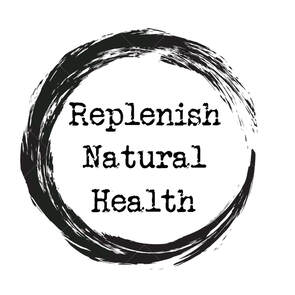
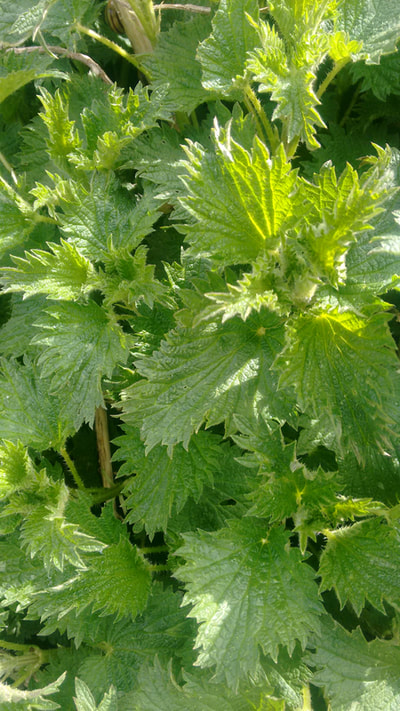
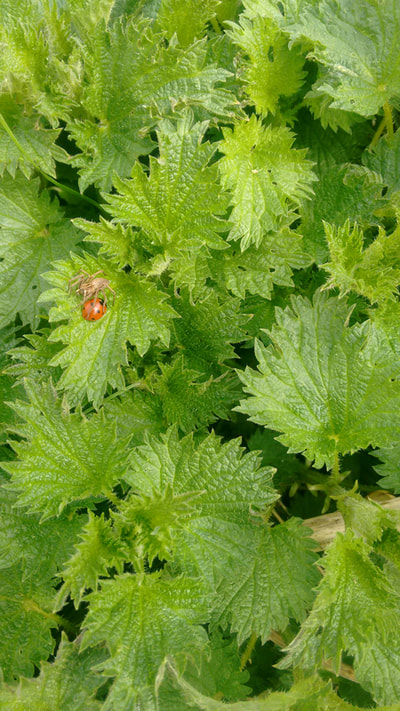
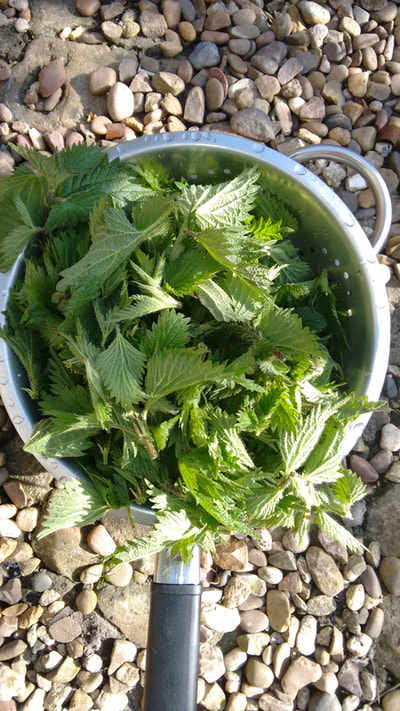
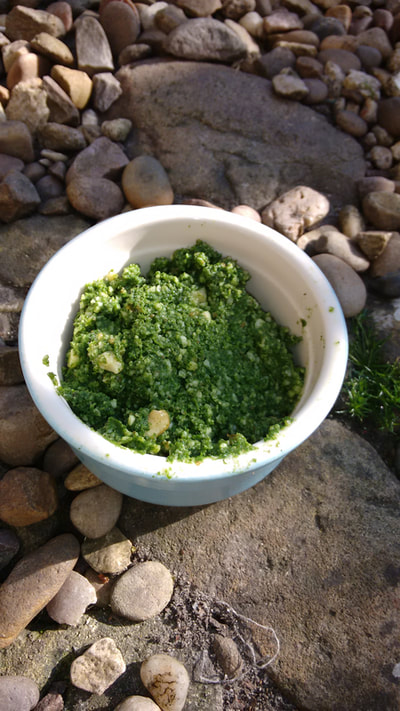
 RSS Feed
RSS Feed
